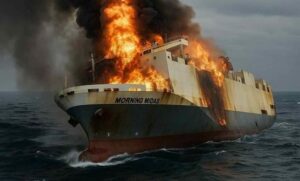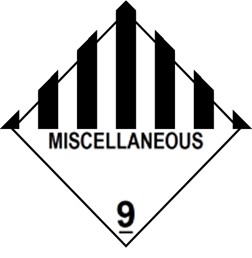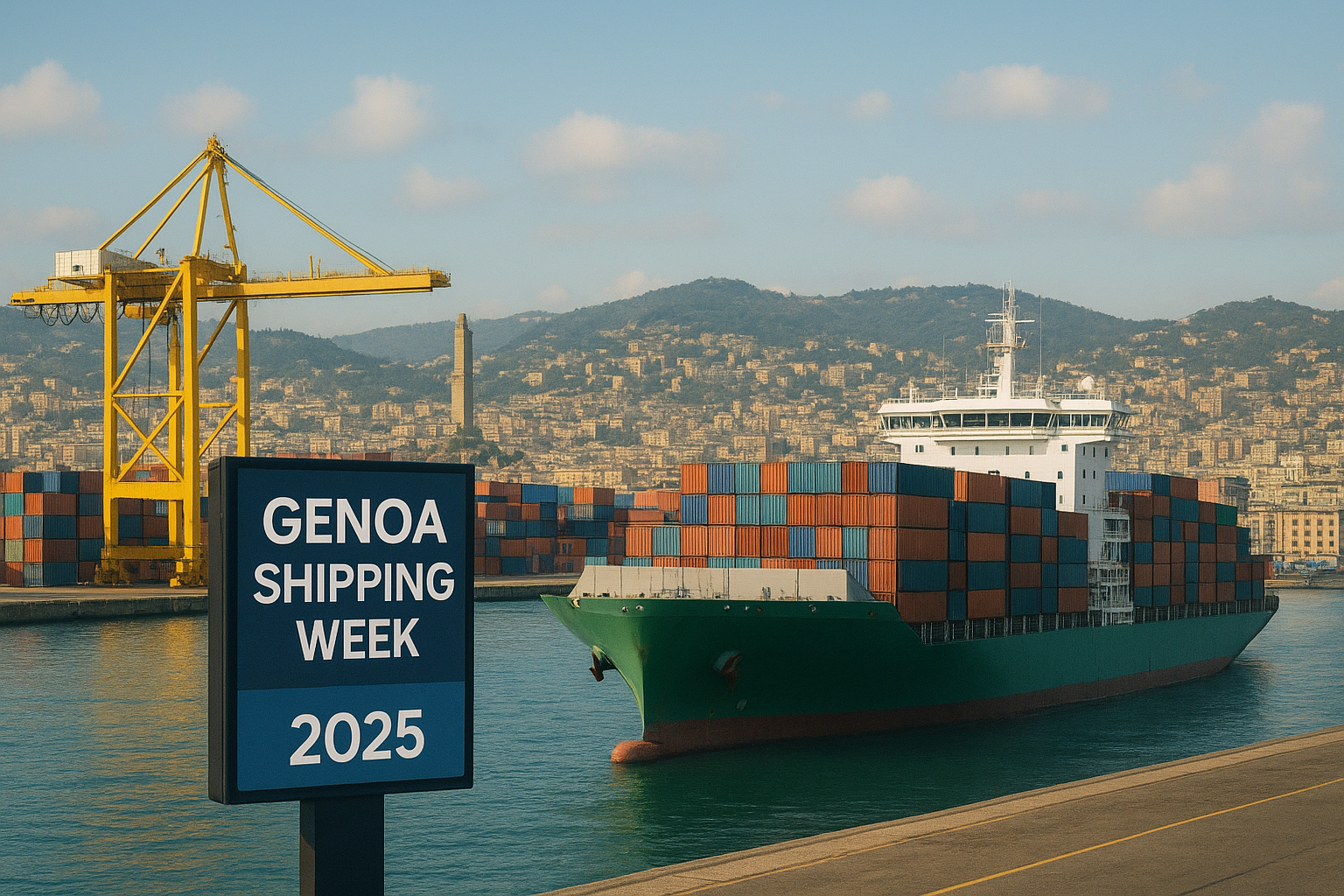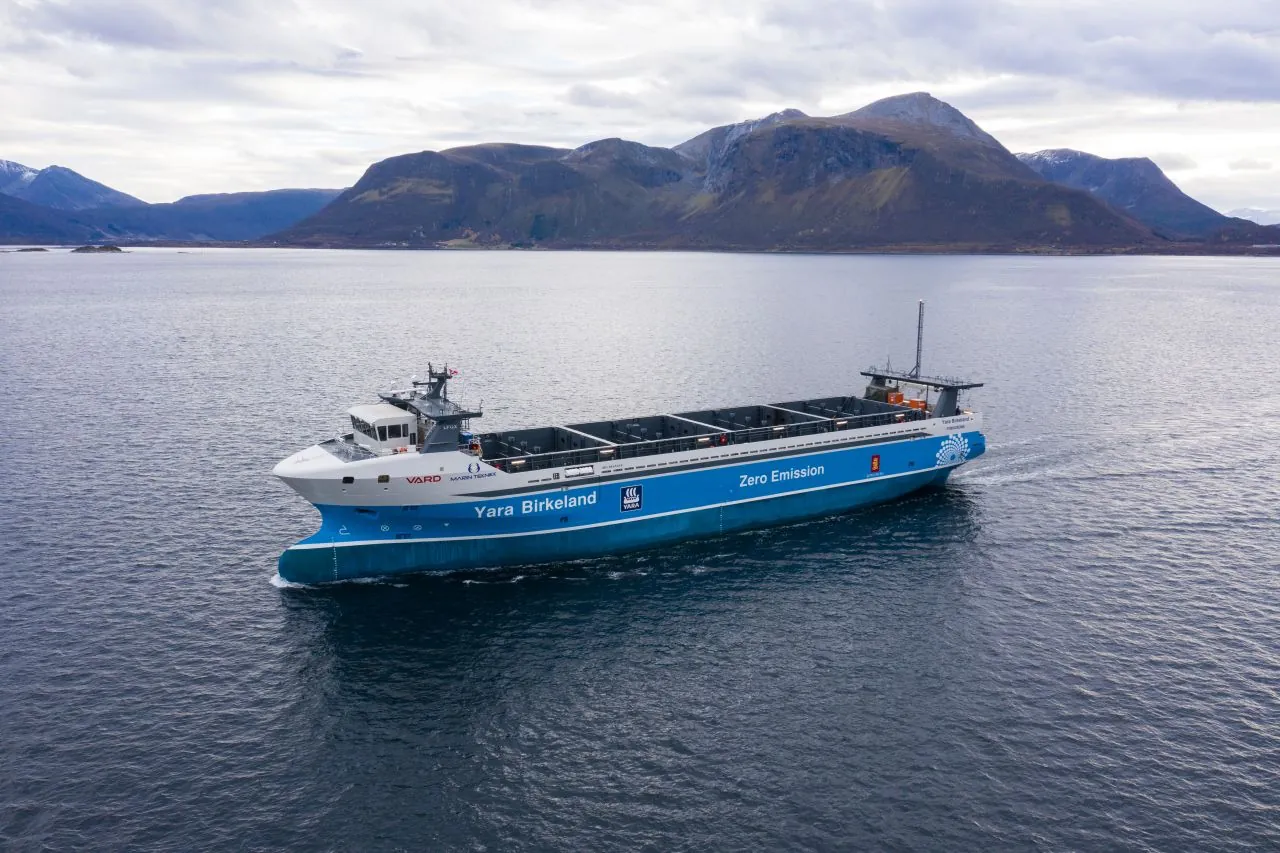Nowadays is pretty clear that one move chosen by governments to assess a more sustainable energy expenditure is related to electricity.
More specifically, when we talk about electricity, as far as we know today, we are closely linked to the batteries, mainly lithium-ion batteries. Just to better understand, the phones we use, as well as the personal computers and even the electric cars, use lithium batteries to store the power and use it when necessary.
By now, we are good at building and using lithium batteries but there is always an intrinsic problem related to this kind of devices, lithium is both a flammable and explosive material in certain conditions. All the above doesn’t mean that we are in danger when we use mobile phones or electric cars because the terms are aligned with those foreseen for such appliances.
However, when these types of batteries are carried under other circumstances, e.g., hot weather, no change of air, or damaged because carried in rough sea, then the problems start. Just think of one FEU’s (Forty Equivalent Unit) container, full of electrical machinery, everyone filled with a battery; well, if we expose this steel box to the sun and hot weather, we run the risk of triggering a fire or even causing a deflagration of such products.
Then we can also use another example related to Ro-Ro’s carriers instead of container vessels. As said before, the global economy is moving towards decarbonisation, often and willingly by using electric vehicles (EVs) rather than those equipped with combustion engines. Usually, big bundles of EVs are carried by Ro-Ro’s vessels designed precisely for that purpose, but what happens if one of those vehicles causes a fire because of a battery malfunction?
The answer is clear, and we report it based on a previous event of less than three months ago. In June 2025, the vessel called Morning Midas caught fire and sank off Alaska whilst transporting 3.159 vehicles from Yantai, China to Lázaro Cárdenas, Mexico.

Figure 1: Morning Midas, the vehicle carrier which caught fire and sank off the coast of Alaska in June 2025
Is still not clear what caused he first flames, but there is always a very high probability of a thermal runaway happening if EVs or Li-Ion batteries are caught in a fire. It’s also widely accepted by technical opinions that such fires burn is much harder to extinguish, in fact Morning Midas burned for weeks before the vessel sank and, as you can imagine, the total losses were huge, in the order of over USD 500 millions, at least there weren’t human losses, so the safety rules related to that topic were well adopted. In chemical terms, when Li-Ion batteries are exposed to thermal runaway, they start a chain reaction capable of quickly spreading flames, which become self-sustaining and often lead to explosions. Moreover, during these burning events, toxic fumes are released and this helps to make it more difficult to put out the fire.
According to the IMDG Code EVs and their batteries are classified as Class 9 miscellaneous dangerous goods, which means they pose a hazard during transportation and require specific labelling and handling procedures to ensure safety at sea. Nevertheless, some of these cargoes can be exempted from the Code under Special Provisions 961 only if they follow certain and strict parameters (e.g. low state of charge, excellent battery shape with not neither sign of leakage nor wear.
So, if all the above rules about dangerous cargo provided for by Class 9 of IMDG Code are not followed, then it involves an omission of crucial safety information for all the parties involved in navigation such as shippers, carriers, the vessel and the environment,t because of the fumes and emissions in case of fire or even in case of a ship sinking.

Figure 2: Interactive picture showing Miscellaneous materials.
Another concern is about Misdeclaration, most of all in containerized goods. Since the Bill of Lading often use the Clause “Said to Contain” in many cases, it could happen that what is carried is not exactly what was stated. It is incredibly risky in cases of dangerous goods because the shipper and the crew on board don’t have all the information to safely store that cargo.
However, it is important to remember that every time the IMDG Code is not followed, the party who is found guilty may be liable under the Code provisions.
The need to be able to map as precisely as possible goods such as those discussed so far, pushed the global shipping industry to create systems to help with this task, also with the help of AI.
So, in the next years, also nowadays companies are testing such systems, we could see a new AI-powered tool whose main aim is to scan millions of bookings in real time, using pattern recognition and algorithms to identify dangerous goods risk. Then alerts will be created, and such cargoes will be flagged to carriers who can carry out physical and detailed inspections if necessary.






